Service hotline
+86 0755-83975897
 en
en Release date:2025-02-20Author source:KinghelmViews:1243
Electronic waste is a growing global issue. With the rise of new flexible electronics for robots, wearables, health monitors, and other applications, e-waste is expected to worsen.
Recently, a joint team from MIT, the University of Utah, and Meta developed a new flexible substrate material. This material could allow for recycling of materials and components at the end of a device's life and support more complex multilayer circuit manufacturing.

Traditional flexible electronics use a substrate called Kapton, which is made from polyimide. While it has excellent thermal and insulating properties, it is difficult to recycle and process. The new recyclable material is a light-curing polymer that hardens in seconds under UV light and can be handled at room temperature. This material can be used for multilayer circuits, significantly increasing the number of components in small devices.
Although this material is also a type of polyimide, it can be processed at lower temperatures compared to Kapton and hardens quickly as needed. This simplifies the manufacturing process and is compatible with existing infrastructure. Additionally, the team has introduced easily dissolvable units into the polymer chain, allowing the material to dissolve quickly with alcohol and catalyst solutions, which helps recover precious metals and microchips from circuits.
The University of Utah team has now founded a company to commercialize this technology. Researchers say, "We know there are shortages in the supply chain for chips and some materials. Rare earth minerals in these components are very valuable. So, there is a strong economic and environmental incentive to pursue these recycling processes now."
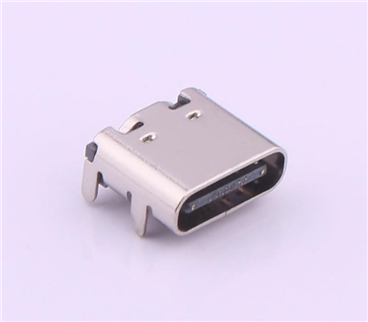
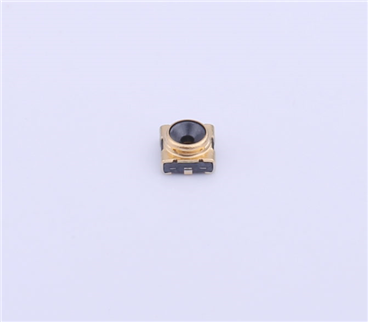
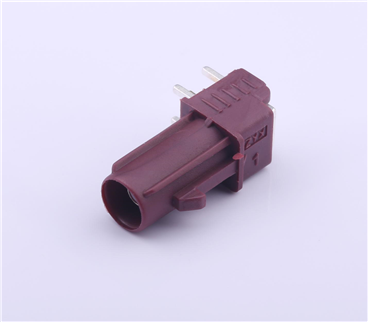
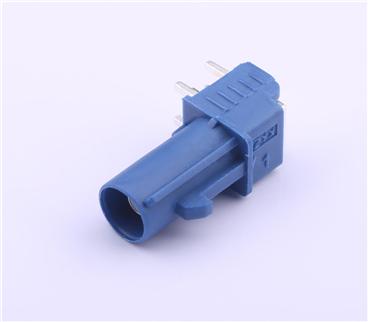
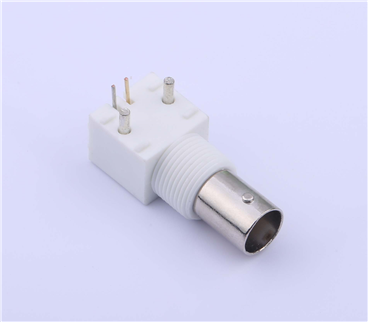
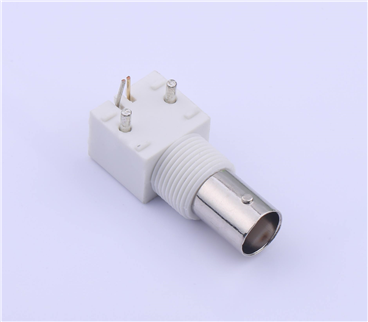
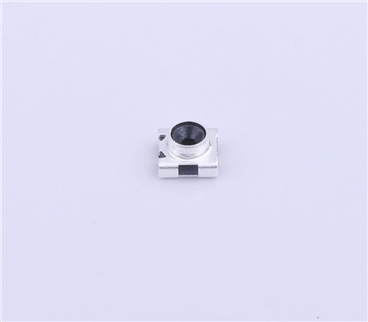
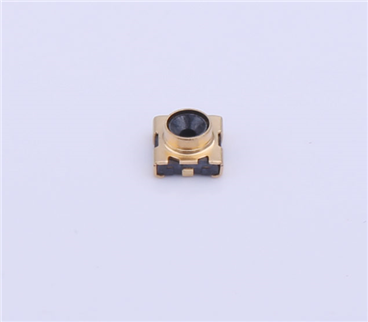
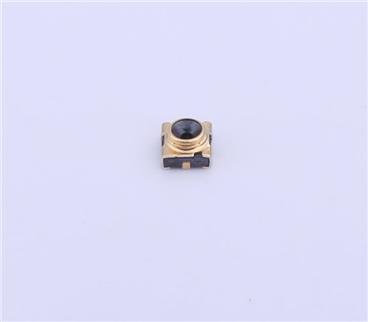
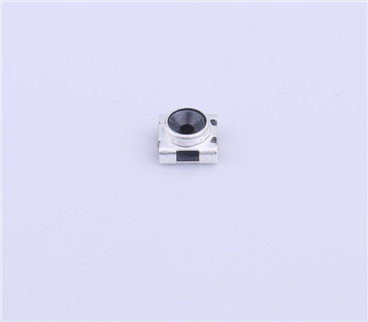
Copyright © Shenzhen Kinghelm Electronics Co., Ltd. all rights reservedYue ICP Bei No. 17113853
